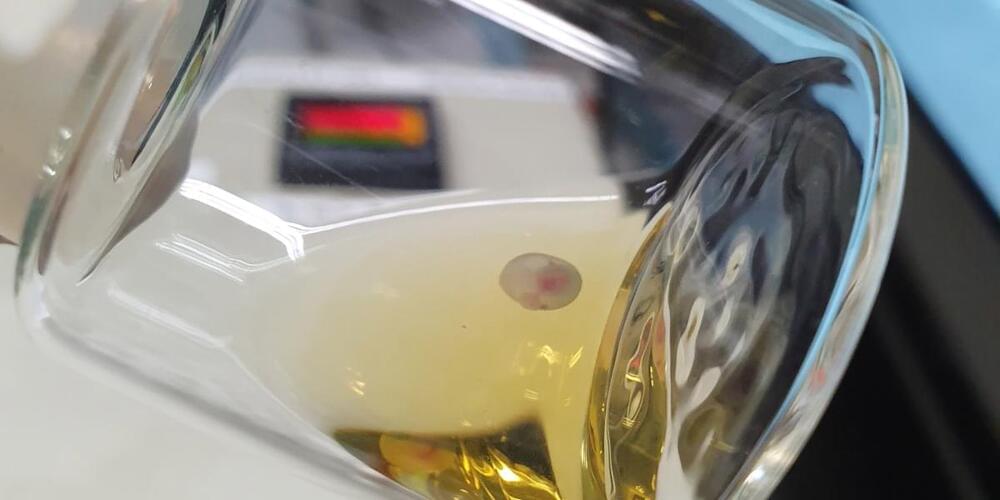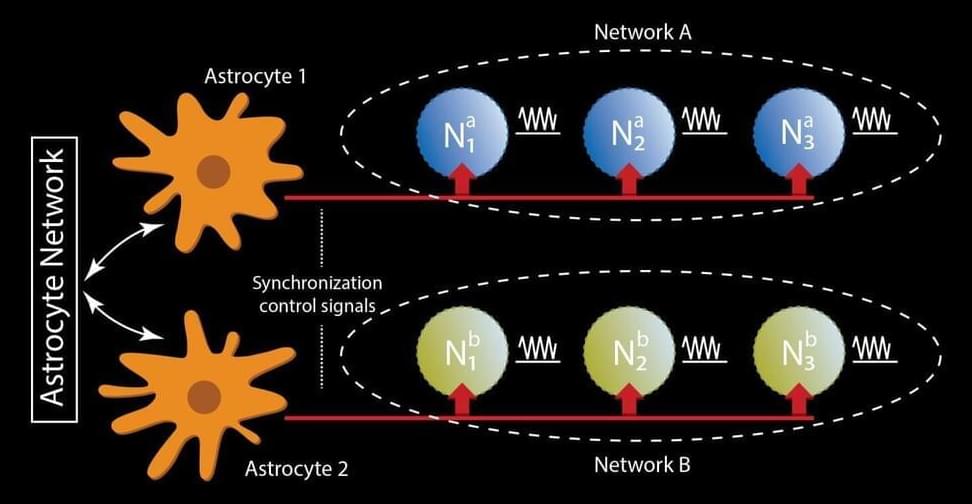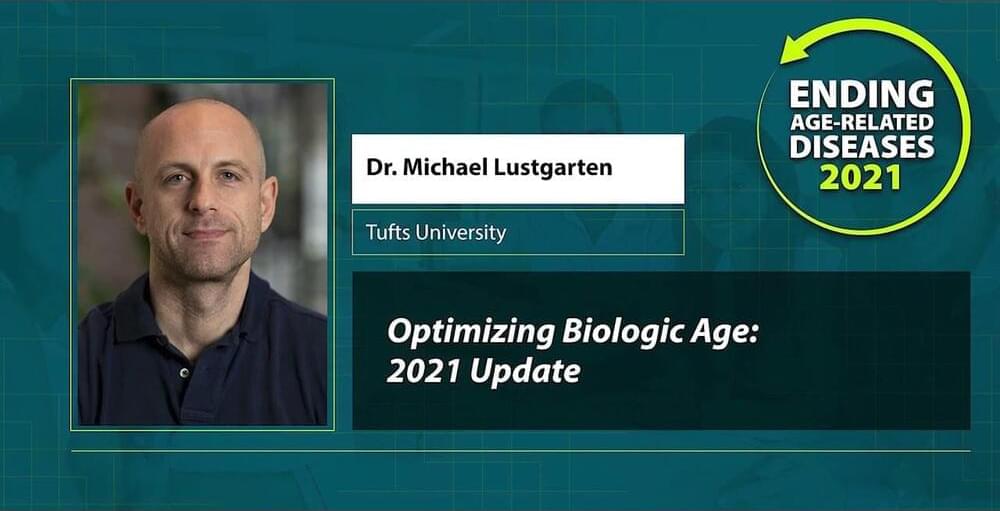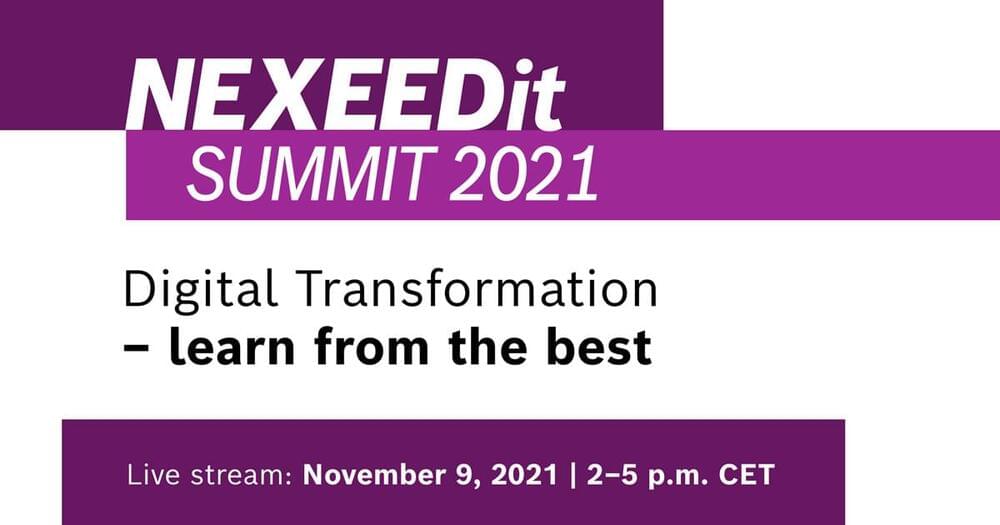Page 5371
Nov 1, 2021
How Artificial Meat Changed The Meat Industry — Future Meat Technologies
Posted by Kelvin Dafiaghor in categories: bioengineering, biotech/medical, robotics/AI, singularity, space travel
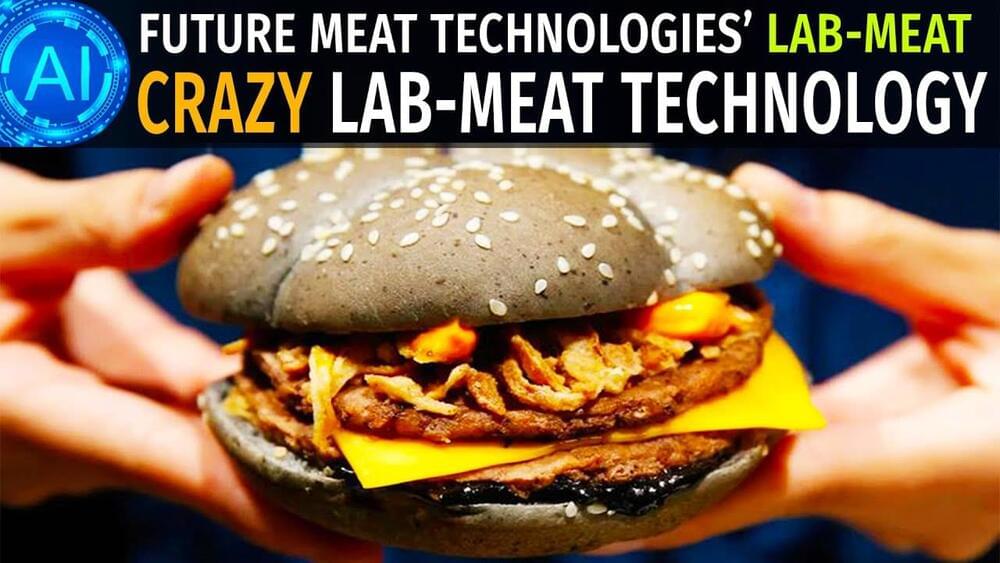
The first artificial Lab-Grown Meats have recently gotten into stores and markets for everyone to buy and eat. But until now, those meats were largely just chicken nuggets or similar types of meat. But with Future Meat Technologies’ latest crazy invention, this has changed. They managed to create a system that actually involves Artificial Intelligence, which grows almost 5,000 fully-fledged hamburgers a day without the environmental impact or regular food and meat.
Cultured meat is meat produced by in vitro cell cultures of animal cells (as opposed to meat obtained from animals). It is a form of cellular agriculture.
Cultured meat is produced using many of the same tissue engineering techniques traditionally used in regenerative medicines. It’s also occasionally called lab grown meat.
–
Every day is a day closer to the Technological Singularity. Experience Robots learning to walk & think, humans flying to Mars and us finally merging with technology itself. And as all of that happens, we at AI News cover the absolute cutting edge best technology inventions of Humanity.
Continue reading “How Artificial Meat Changed The Meat Industry — Future Meat Technologies” »
Nov 1, 2021
Key to resilient energy-efficient AI may reside in human brain
Posted by Kelvin Dafiaghor in categories: neuroscience, physics, robotics/AI
A clearer understanding of how a type of brain cell known as astrocytes function and can be emulated in the physics of hardware devices, may result in artificial intelligence (AI) and machine learning that autonomously self-repairs and consumes much less energy than the technologies currently do, according to a team of Penn State researchers.
Astrocytes are named for their star shape and are a type of glial cell, which are support cells for neurons in the brain. They play a crucial role in brain functions such as memory, learning, self-repair and synchronization.
“This project stemmed from recent observations in computational neuroscience, as there has been a lot of effort and understanding of how the brain works and people are trying to revise the model of simplistic neuron-synapse connections,” said Abhronil Sengupta, assistant professor of electrical engineering and computer science. “It turns out there is a third component in the brain, the astrocytes, which constitutes a significant section of the cells in the brain, but its role in machine learning and neuroscience has kind of been overlooked.”
Nov 1, 2021
Skyscraper Window Washing Robots Are Here to Take Over One of Our Most Terrifying Jobs
Posted by Kelvin Dafiaghor in categories: employment, robotics/AI

Until real windows are eventually all replaced with ultra-high-resolution screens (mark my words, it’s gonna happen) Skyline Robotics hopes to solve the window washer dilemma with robots: specifically, what appears to be KUKA Robotics arms outfitted with a large cleaning brush and a system that automatically pumps clean water through it.
Officially named Ozmo, the robot can be mounted to the same lift mechanisms that carry multiple window washers up and down the side of a building through the use of a motorized crane system on the roof. Unlike humans, however, Ozmo has a much longer reach, allowing one or two of the robotic arms to potentially clean a much larger region on every pass. As with other robotic workers, Ozmo doesn’t take breaks, need lunch, or ever have to go to the bathroom. And since it’s permanently bolted to the lift it’s riding, there are no harnesses to check and re-check before a shift, and should something go wrong, there’s less risk to human life.
Nov 1, 2021
Ending Age-Related Diseases 2021 Presentation
Posted by Mike Lustgarten in categories: biotech/medical, life extension
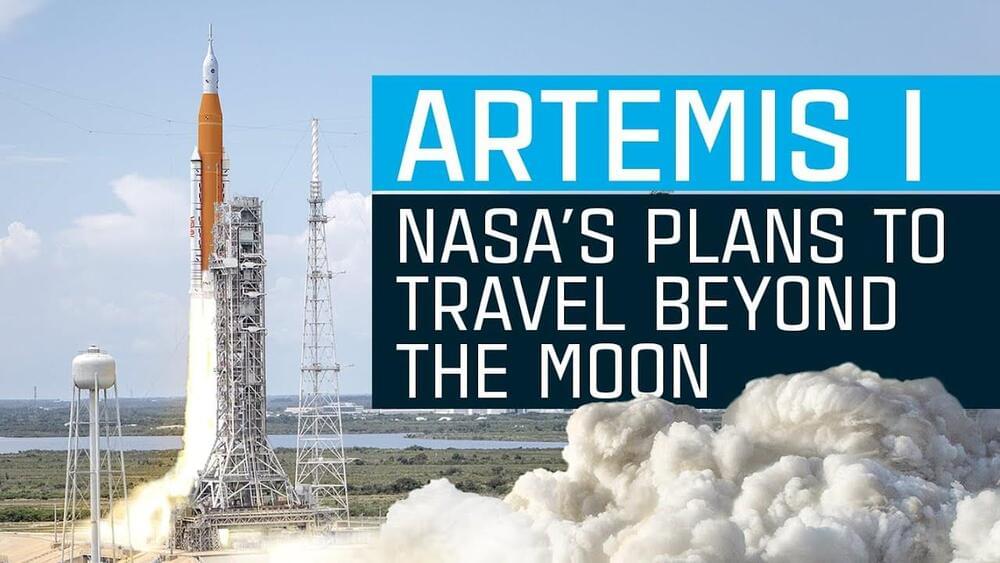
It’s been a long time coming, but NASA’s next moon rocket is just months from liftoff on its first uncrewed test flight. The Space Launch System (SLS) is a super heavy-lift vehicle capable of delivering 95 tons to Low Earth Orbit, but its primary purpose will be to deliver humans to lunar orbit and, eventually, to the lunar surface. SLS has been in development since 2,011 and it’s faced a series of delays, but launch day is finally within sight. Earlier this month, the rocket was fully stacked for the first time in the Vehicle Assembly Building at the Kennedy Space Center, and the Orion capsule (the spacecraft’s crew cabin) was attached to the top. The full stack stands an impressive 322 feet tall, just shy of the Saturn V’s 363 feet.
NASA Administrator Bill Nelson (a former astronaut himself) told reporters that “with stacking and integration of NASA’s Space Launch System rocket and Orion spacecraft complete, we’re getting closer and closer to embarking on a new era of human deep space exploration…Thanks to the team’s hard work designing, manufacturing, testing, and now completing assembly of NASA’s new rocket and spacecraft, we’re in the home stretch of preparations for the first launch on the Artemis I mission, paving the way to explore the Moon, Mars, and beyond for many years to come.”
Nov 1, 2021
SpaceX Starship: Impressive 24-hour timelapse video shows rapid progress
Posted by Atanas Atanasov in category: space travel
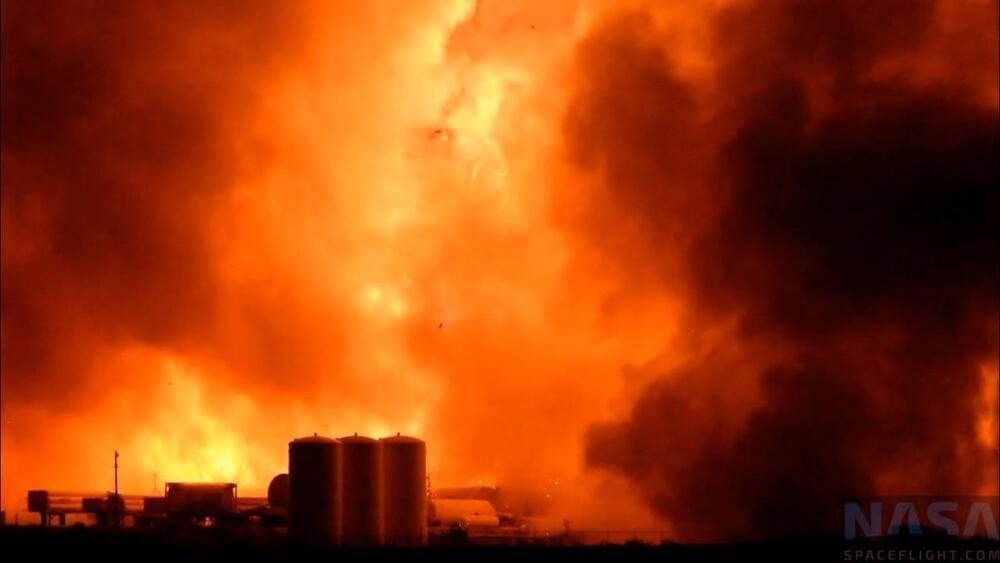
Starbase, the city that never sleeps.
As the Federal Aviation Administration conducts research into SpaceX’s Texas project, a new video shows the company hard at work on its big rocket.
Nov 1, 2021
Live Q&A with NASA Planetary Defender
Posted by Alan Jurisson in categories: asteroid/comet impacts, existential risks
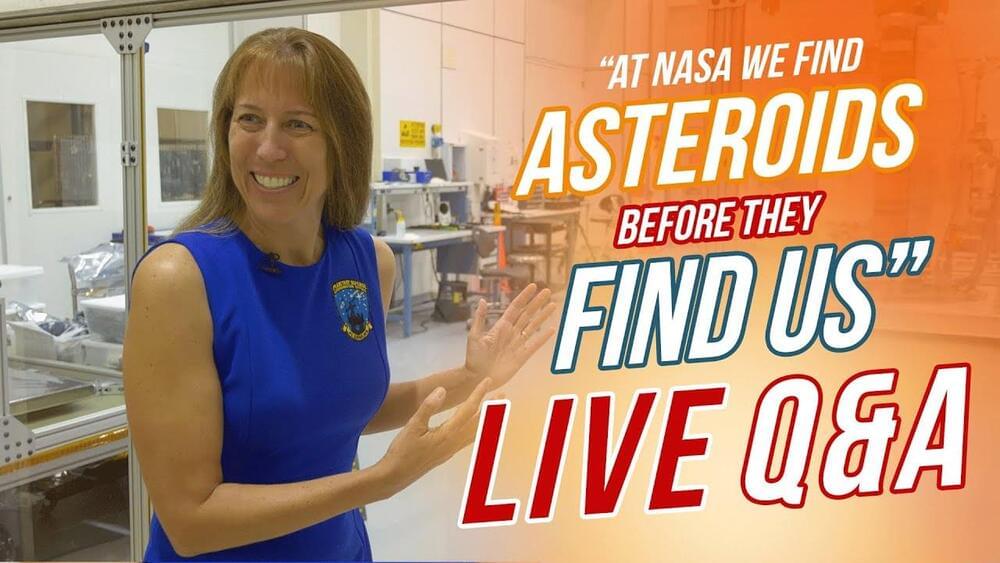
NASA planetary defender Dr. Kelly Fast has a hard and fast rule: “Find asteroids before they find us.” Working in NASA’s Planetary Defense Coordination Office, Kelly is helping send the #DARTMission to test “nudging” an asteroid in space. DART, short for Double Asteroid Redirection Test, is a planetary defense-driven test of technologies for preventing an impact of Earth by a hazardous near-Earth object. DART will be the first demonstration of the kinetic impactor technique to change the motion of an asteroid in space. NOTE: the target asteroid is currently not a threat to Earth.
Get all the info on our #DARTMission: https://www.nasa.gov/dart
Nov 1, 2021
The UN says $6B from the world’s billionaires could solve a hunger crisis. Elon Musk says he will sell Tesla stock and donate proceeds if the UN can prove that
Posted by Sean Brazell in categories: Elon Musk, food, life extension, sustainability
I think this might be the answer to the question we’ve all been debating here lately. Provided it ACTUALLY happens, and that it includes others (like Jeff Bezos), and that it happens within a transparent, focused, well structured and effective framework.
It’s not the end all be all to wealth inequity, but it IS a good start and could really help us avoid another tribal political dust up and focus on a worthy, positive, and equitable posthuman (or whatever it is that make… See more.
The billionaire Elon Musk said he’d sell Tesla stock and donate the proceeds if the UN could prove that just a tiny percentage of his wealth could save tens of millions of lives.
